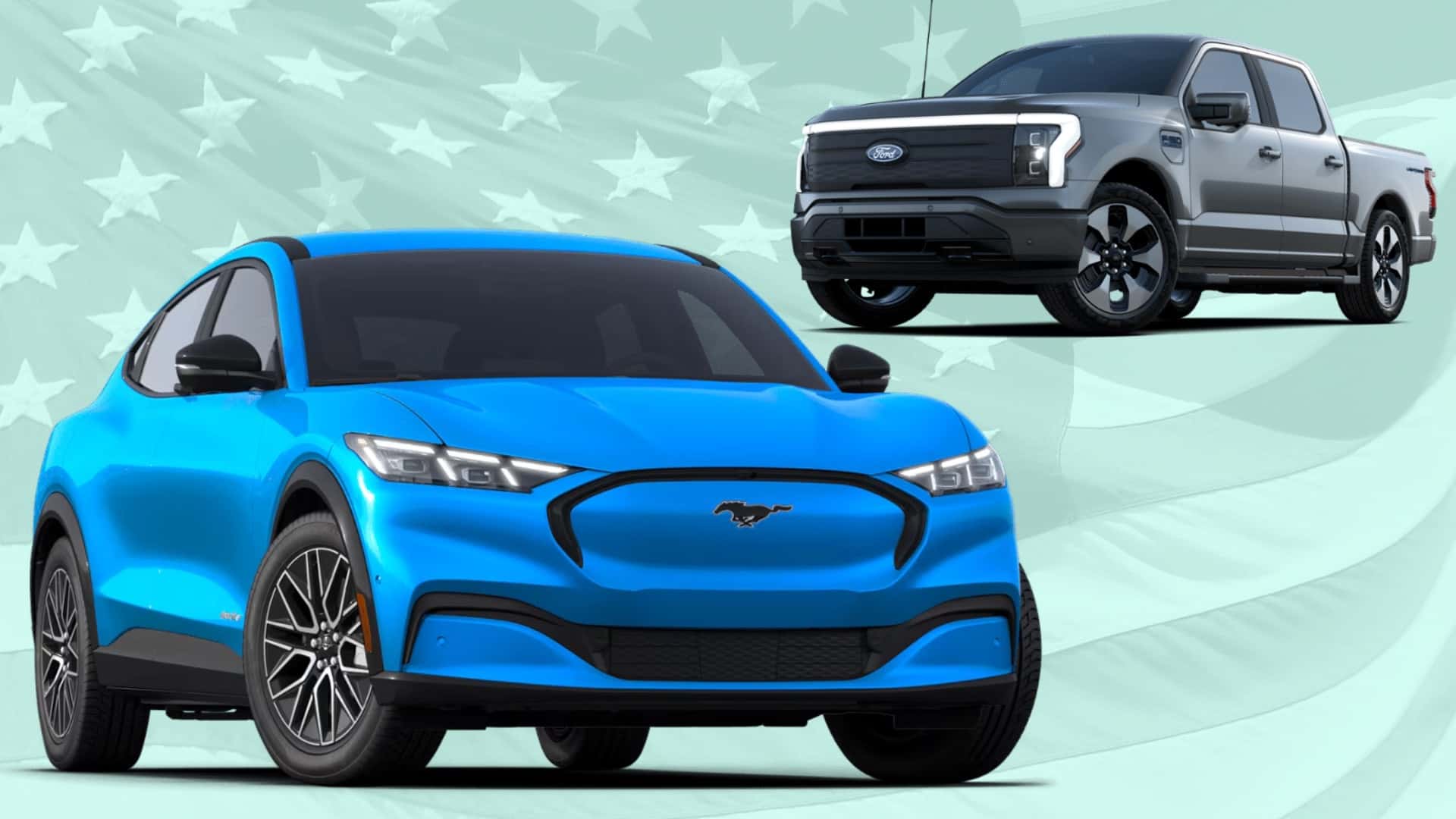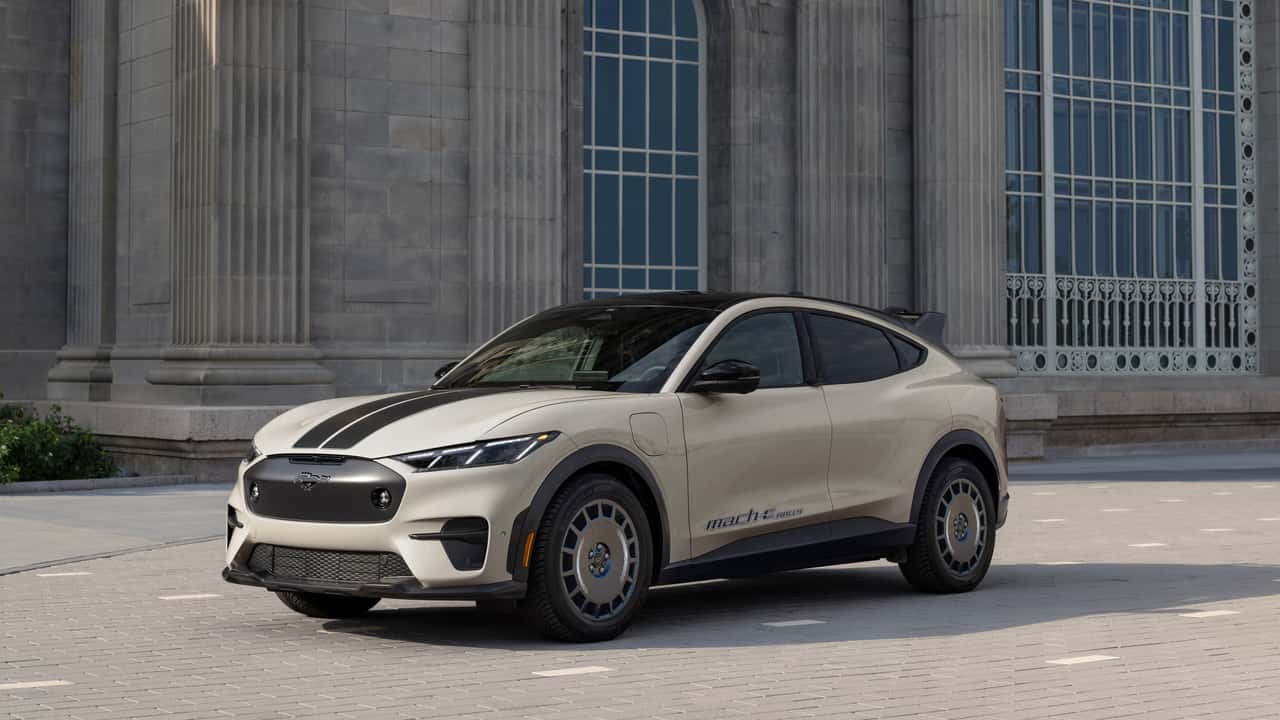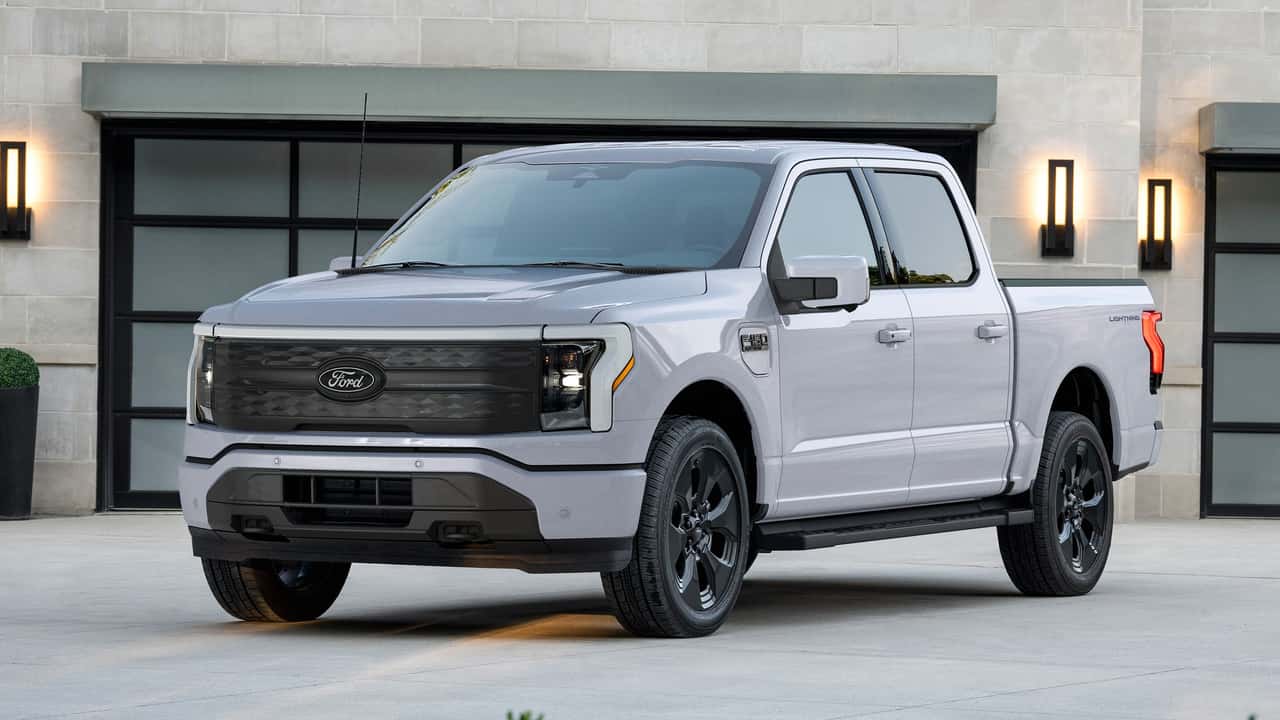
The beginning of the year saw an unprecedented surge in sales of electric vehicles, largely driven by the success of the Mustang Mach-E. However, this trend might become more expensive shortly.
- In the first quarter, Ford sold 73,623 electrified vehicles in the U.S., marking a 26% increase from the previous year.
- The beginning of the year saw a remarkable surge in hybrid sales, increasing by 33%. Meanwhile, Ford's electric vehicles also experienced growth, rising by 12%, largely driven by strong demand for the Mustang Mach-E.
- The delivery of the enhanced 2025 Mustang Mach-E, featuring increased range and additional features, is approaching soon. However, these improvements might come at a higher price due to President Trump's 25% tariffs.
Ford exceeded sales of half a million vehicles in the U.S. across various engine types in the initial three months of this year.
Although total sales decreased slightly, electrified vehicles saw a 26% increase compared to the previous year. Hybrid, plug-in hybrid, and all-electric models now make up 15% of Ford’s overall sales, which is a 3% rise from last year.
In the initial three months, the automaker based in Dearborn reported selling 501,291 units, marking a decrease of 1.3% compared to the same period last year. Conventional gas-driven cars comprised 427,668 units (85%) of these sales, with fully electric models contributing 22,550 units (4.4%), and hybrid variants making up 51,073 units (10.1%).

The Mustang Mach-E The electric Mustang outperformed both the gas-powered Mustang and all Lincoln models for Ford. The company managed to sell 11,607 Mach-Es, marking a 21% rise compared to last year’s figures. In contrast, sales of the gasoline-driven Mustang stood at just 9,377 units, which represents a significant decrease of 31.6%.
Sales of the E-Transit electric van increased nearly 30% to 3,756 units. However, the F-150 Lightning did not perform as well, even though the overall F-Series trucks grew by 24.5%. Only 7,187 Lightnings found homes so far this year, a 7.1% drop.
By comparison, sales of the Chevy Silverado EV increased by 125% to reach 2,383 units. Additionally, General Motors recently introduced more affordable variants of the model. 2026 Sierra EV , which could position the automaker as a leader in the electric truck competition in the upcoming months.
Nevertheless, Ford's progress with its electric vehicles might come to a halt due to actions taken by President Trump’s 25% tariffs The new tariffs on imported vehicles and automotive components came into force on Wednesday. Although most Ford cars are manufactured in the United States, each one receives more than half of its component parts from abroad—primarily from Mexico—states the National Highway Traffic Safety Administration.

An impressive 78% of the components for the Mustang Mach-E come from Mexico, and this vehicle is also put together there. Similarly, both the highly favored Bronco Sport and the Maverick models undergo assembly beyond the United States’ southern boundary.
If the president doesn’t offer U.S. car manufacturers some reduction in tariffs or better trade deals, they could lose their current advantage, particularly over the next few months.
Got a tip? Reach out to the author: suvrat.kothari@insideevs.com
Related Stories
- The BYD Sea Lion 7 Demonstrates That Even China’s Advanced Electric Vehicles Can Be Dull
- MAGA Republicans Strongly Back Electric Vehicle Funding: Poll Shows
- The sales of the Toyota BZ4X and Subaru Solterra increased significantly in Q1.
- Volvo Electric Vehicle Sales Increase in the U.S., But the Picture Isn't as Bright Globally.
